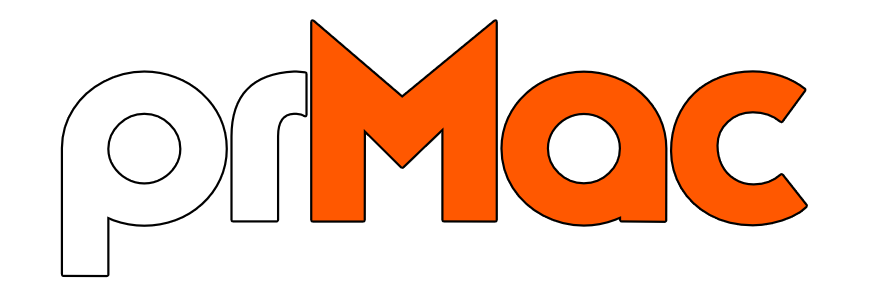Ready to turn your entrepreneurial vision into a thriving business? Welcome to Red Deer, Alberta, a city teeming with untapped business potential and local opportunities waiting to be harnessed. This bustling city, located centrally between Calgary and Edmonton, is a hotbed of vibrant industries and a rapidly growing marketplace.
Red Deer is a city that encourages innovation, supports small businesses, and fosters a thriving community environment. Launching a successful business in Red Deer requires strategic planning, a deep understanding of the local market, and the ability to leverage available resources. Let this guide be your compass as you navigate through the exciting journey of business ownership in Red Deer, Alberta. When it comes to bankruptcy Red Deer has great bankruptcy trustees and bankruptcy alternatives such as consumer proposals.
Why Choose Red Deer for Your Business
Choosing Red Deer, Alberta as the location for your business offers numerous advantages. First and foremost, Red Deer is strategically located between the two major cities of Calgary and Edmonton, providing an attractive market of over three million people within a two-hour drive.
- This central location facilitates efficient delivery of products and services to customers throughout the region.
- Second, Red Deer is home to a young, dynamic, and rapidly growing population. The city has witnessed significant growth over the last decade, expanding the pool of potential customers for businesses.
- Additionally, the local labour market is buoyant and diverse, providing businesses with access to a wide range of skills and talents.
- The city of Red Deer also offers competitive business costs. Low corporate tax rates, affordable commercial real estate, and low operating costs make it an attractive destination for businesses looking to maximize profitability.
- Furthermore, the City of Red Deer has a proactive approach to economic development, with various initiatives in place to attract and support business investment. Moreover, Red Deer boasts a high quality of life. The city offers a rich mix of recreational and cultural amenities, excellent schools, and high-quality healthcare facilities. This makes it a desirable place for employees to live and work, aiding in attracting and retaining talent. Lastly, Red Deer is known for its strong entrepreneurial spirit.
- The city is home to numerous successful local businesses that have grown into national and international operations. The entrepreneurial culture fosters innovation and creativity, making Red Deer a vibrant place to do business.
Red Deer Population Statistics
Understanding the population statistics of Red Deer, a city located in Central Alberta, Canada, is vital for its sustainable development and management. The city is named after the Red Deer River and is the third-most populous city in Alberta, with a rich history and diverse cultural background. The interpretation of these population statistics can render important insights into the demographic trends, societal changes, and future growth prospects of Red Deer.
According to the most recent census by Statistics Canada, the population of Red Deer was recorded as 100,418 in 2016, reflecting a growth rate of approximately 10.9% as compared to 90,564 in 2011. This rise in population has been attributed to the city’s growing economic opportunities coupled with a high quality of life, making it an attractive destination for both young professionals and families.
Moreover, the age distribution within the population statistics of Red Deer reveals that the majority of its residents are in the working-age group of 15-64 years. This suggests that Red Deer has a vibrant and dynamic workforce which can significantly contribute to its economic growth and development. The statistics also indicate a balanced gender ratio with almost equal numbers of males and females.
The ethnic diversity within Red Deer’s population is another crucial aspect reflected in its statistics. The city is home to a wide array of ethnic groups, contributing to its rich cultural mosaic. This multicultural aspect can have significant implications for the social fabric and communal harmony in Red Deer.
Furthermore, studying the population statistics can also provide valuable insights into other aspects such as household income levels, education attainment rates, and housing conditions. For instance, noted trends indicate that Red Deer has a high employment rate with most households earning above-average incomes. Additionally, a significant proportion of the population holds post-secondary qualifications, suggesting a well-educated populace.
In conclusion, understanding Red Deer’s population statistics is not only essential for urban planning and policymaking but also provides a comprehensive understanding of the demographic composition, socio-economic conditions, and cultural diversity within the city. As such, these statistics are an invaluable tool for researchers, policymakers, urban planners, and businesses alike. However, it’s worth noting that these figures are subject to change due to factors such as migration, birth rates, and economic conditions which should be continually monitored for an accurate understanding of Red Deer’s population dynamics.
Red Deer Business Regulations
However, like any other city, starting a business in Red Deer involves specific steps. These include creating a business plan, securing financing if necessary, obtaining relevant licenses and permits, choosing a suitable location, and ensuring compliance with local zoning laws. Additionally, the prospective business owner must register the business with the appropriate municipal, provincial, or federal authorities.
The Red Deer city administration is committed to fostering a vibrant business environment. It offers several resources to assist potential business owners in navigating the start-up process. These resources include support in writing business plans, advice on accessing financing options, assistance with site selection and permitting process, and guidance on complying with regulatory requirements.

